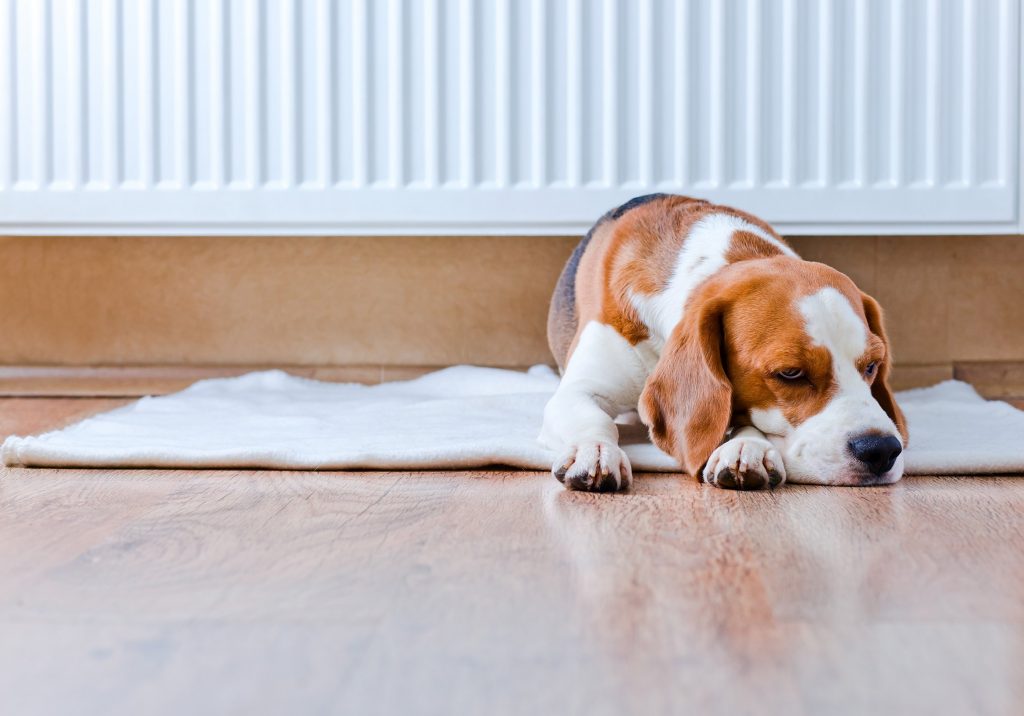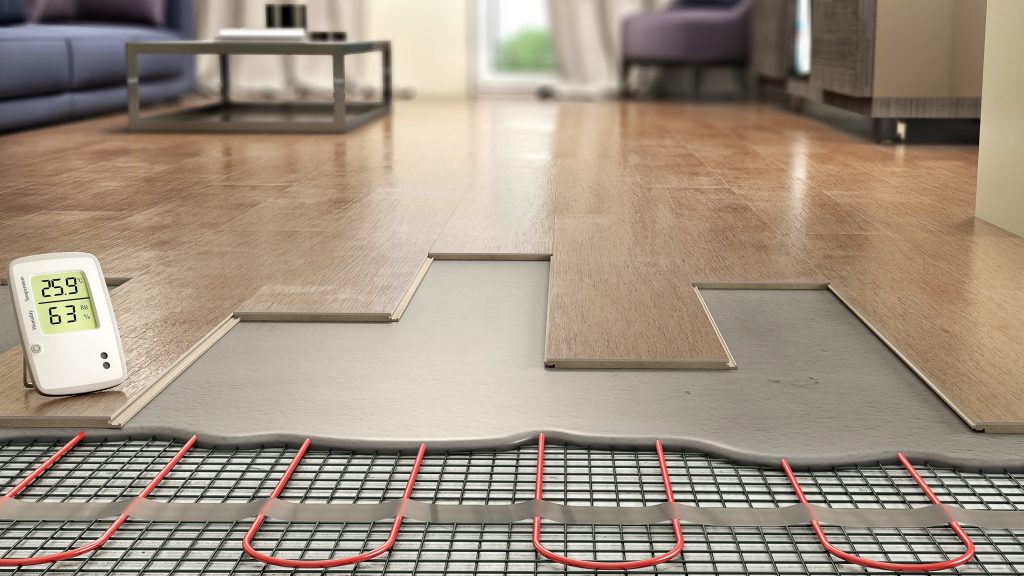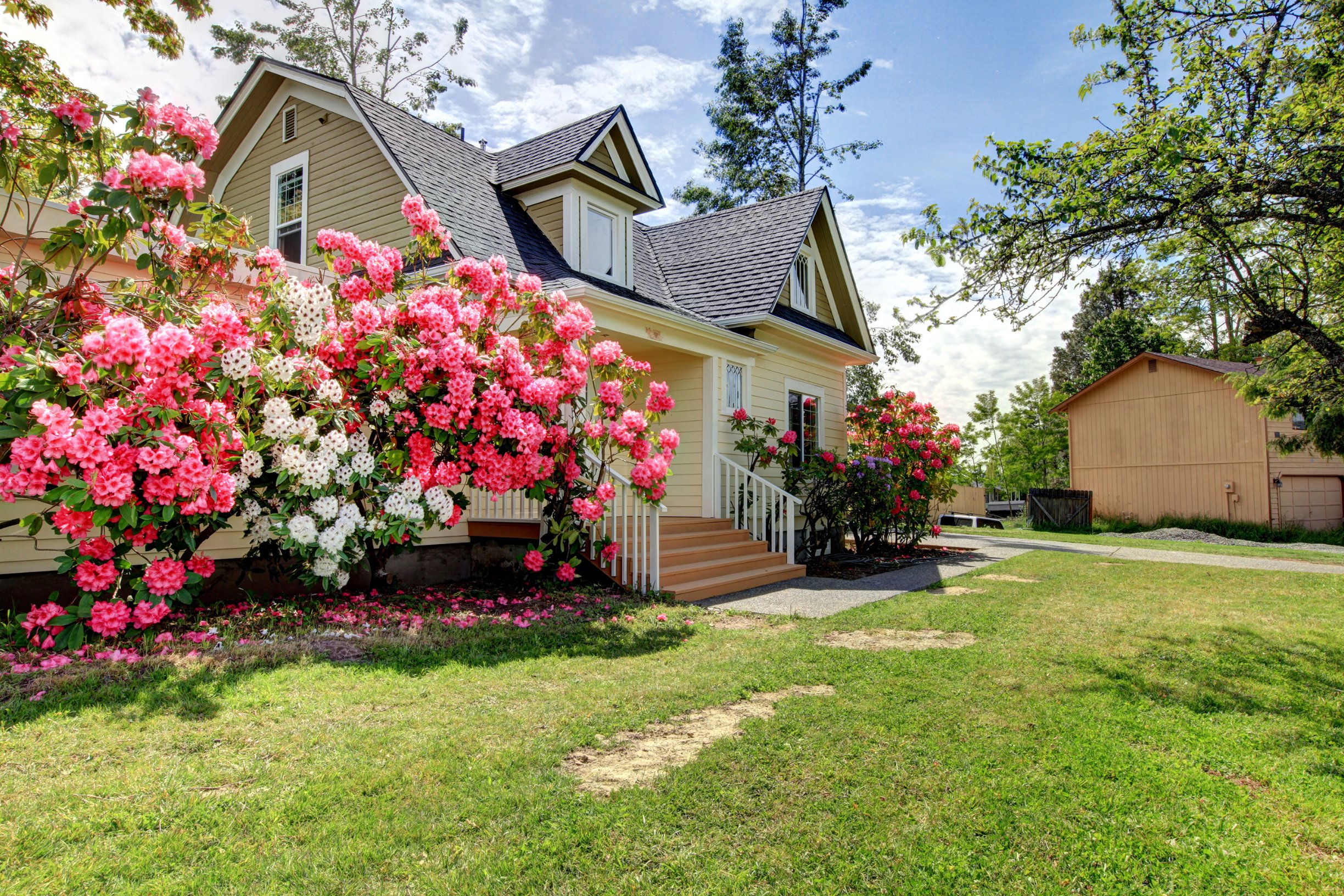
What is thermal comfort?
Concepts such as thermal comfort or thermal well-being are very topical, especially for the new buildings. In fact, more and more defined parameters are required to ensure the best conditions both for people who live in a house and for those who are in the workplace.
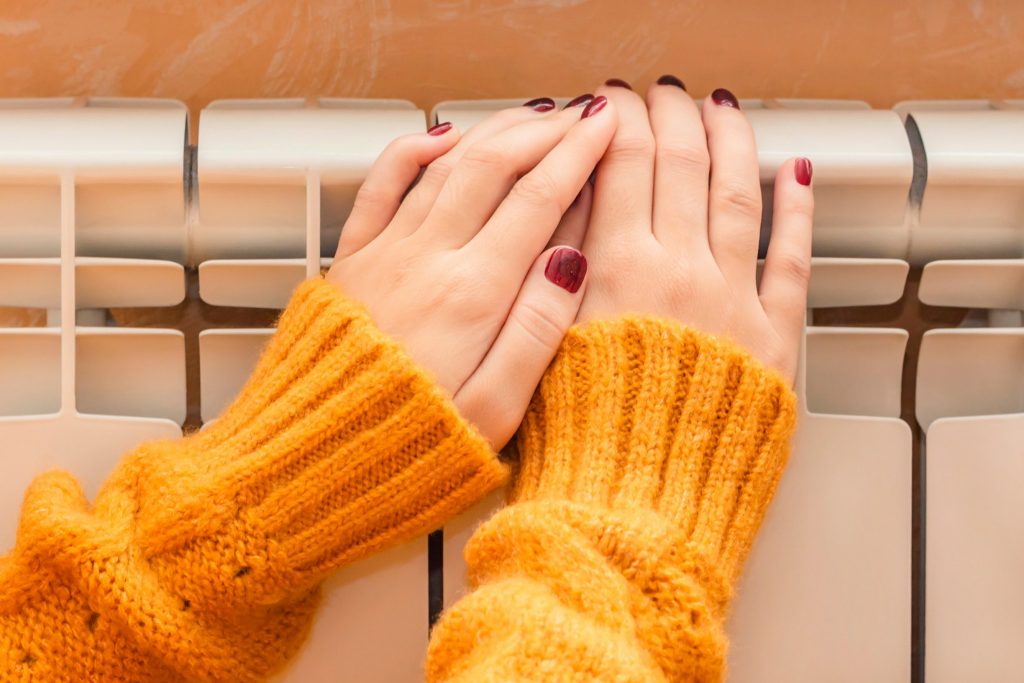
What does thermal comfort mean?
The term thermal comfort, first of all, means "the mental condition of satisfaction with the thermal environment", as indicated by the UNI EN ISO 7730 standard.
A mental condition that leads us to experience a sensation of thermal well-being because we feel neither too hot nor too cold when we find ourselves in a certain space.
This condition occurs if the amount of heat produced or absorbed by the body is equal to that transferred into the environment.
Significant variations in balance, on the contrary, are the cause of a state of physiological suffering which has repercussions on people's health and their working capacity.
Thermal well-being, also defined as thermo-hygrometric well-being, is affected by the so-called microclimate, i.e. the set of elements such as temperature, humidity and air speed.
When is the microclimate comfortable?
The microclimatic conditions therefore influence the degree of satisfaction of a person inside an enclosed space. These are factors to be taken into serious consideration because they can determine:
- indoor air pollution;
- the well-being of those who find themselves in a given environment;
- the quality of the environments themselves, in which one lives or works.
Some are measurable environmental parameters, others are non-quantifiable personal factors.
The feeling of well-being, on the other hand, is different from person to person and depends on:
- metabolism;
- temperature;
- sex;
- clothing;
- age;
- physical activity you are performing.
There are elements that are necessary to reach a comfortable climatic state, in which there is a heating balance between the human body and the surrounding environment. In this way the conditions that generate thermal stress are eliminated and this is also what the risk assessment plans for the workplace aim at.
The factors that determine the thermal comfort in a room are:
- air temperature and surface temperature;
- relative humidity;
- air velocity.
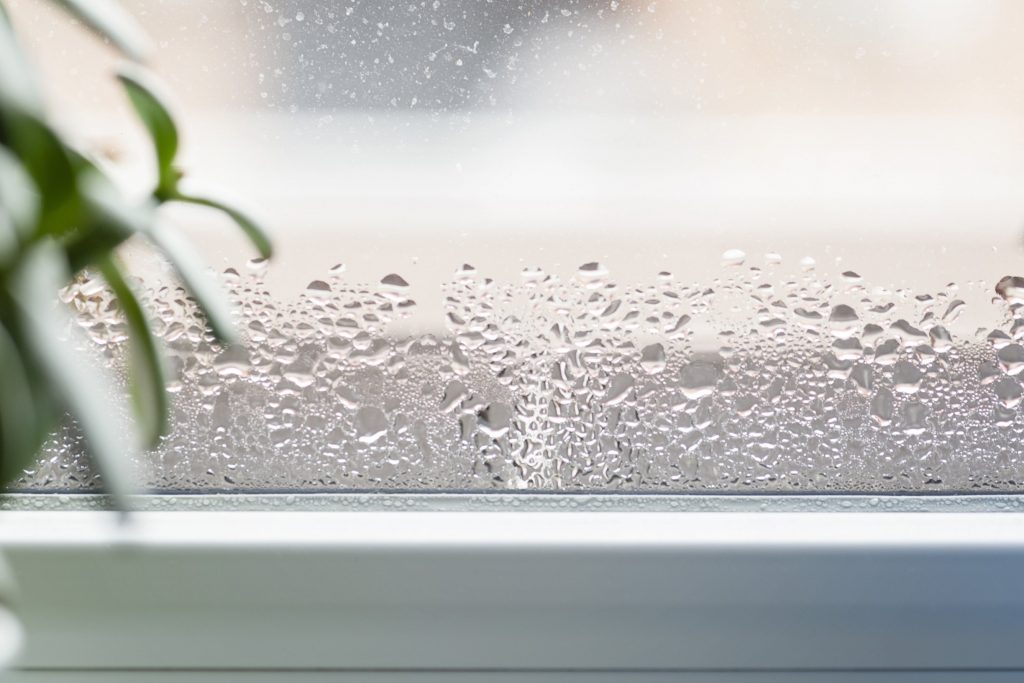
What are the factors that affect the microclimate?
The temperature we perceive in a room depends not only on the temperature of the internal air, but also on the temperatures of the surfaces, called radiant temperatures. These, in turn, can be influenced by factors such as materials.
If these temperatures are low compared to the air temperature, we have an unpleasant feeling of cold despite the air temperature exceeding 20°. It is therefore good that the surface temperatures of a room never exceed the internal air temperature by 2-3°C.
Excessive humidity, on the other hand, can hinder perspiration and the heat exchange between our body and the environment, creating a situation of great discomfort. The higher the temperature, the higher the moisture content the air can hold.
At the same time, discomfort can arise if the humidity level is too low (below 35%). It increases the movement of dust which is annoying and harmful to the respiratory tract.
Lastly, air currents determine thermal comfort because, for example, in the event of an air temperature lower than the optimal comfort temperature, even a minimal increase in air speed creates a movement that we perceive as a cold current.
In indoor spaces, one becomes even more sensitive to air motions, such as drafts, especially if the temperature of this moving air is lower than that of the circulating air.
Thermal well-being thus includes conditions of global comfort (the whole organism) and local comfort, which concerns specific parts of the body:
- the global thermal comfort is due to the maintenance of conditions of thermal neutrality of the body with the physiological response of the thermoregulation system;
- local comfort is instead linked to the thermal exchanges localised in some superficial areas of the body.
An optimal microclimate condition does not cause any sensation of local discomfort in any part of the body.
On the basis of the heat exchanges between person and environment, it is also possible to define:
- moderate thermal environments, in which it is possible to achieve conditions of thermal comfort;
- severe hot and cold environments, in which a considerable thermal stress is perceived caused by the increase in body temperature or by the effort of the human body's regulation systems.
Which heating systems guarantee the best thermal comfort?
Both in terms of living and working, the achievement of thermal well-being is possible with the adoption of some heating systems.
- Convector heaters, which heat the room by convection through the recycling of the air, are ideal for large rooms and the presence of filters ensures a healthy air.
- Radiators are the most widespread system. They are easy to install and overall costs are low. Moreover, in addition to gaining in performance thanks to the recent innovations, they have also improved in the aesthetic aspect.
- An underfloor heating system is a valid alternative because it guarantees greater heat diffusion and produces less dust, mites and mould. It has high versatility in switching from heating to cooling.
Finally, technological development has made it possible to use intelligent tools that make it easier to manage the temperature even when you are away from home.
The smart thermo valves, which can be managed remotely via a smartphone app, allow you to set the ideal climatic conditions to experience that thermal comfort once you return to your home, avoiding the unpleasant sensations of excessive heat or cold. Just with a simple click.
Altri articoli
Well-being
What is the ideal home temperature?
Well-being
How to balance your home heating

Smart Thermostat
The Smart Thermostat allows you to precisely set and measure the temperature of the room in which it is installed. Thanks to its advanced functionalities it also allows you to control humidity and air quality.
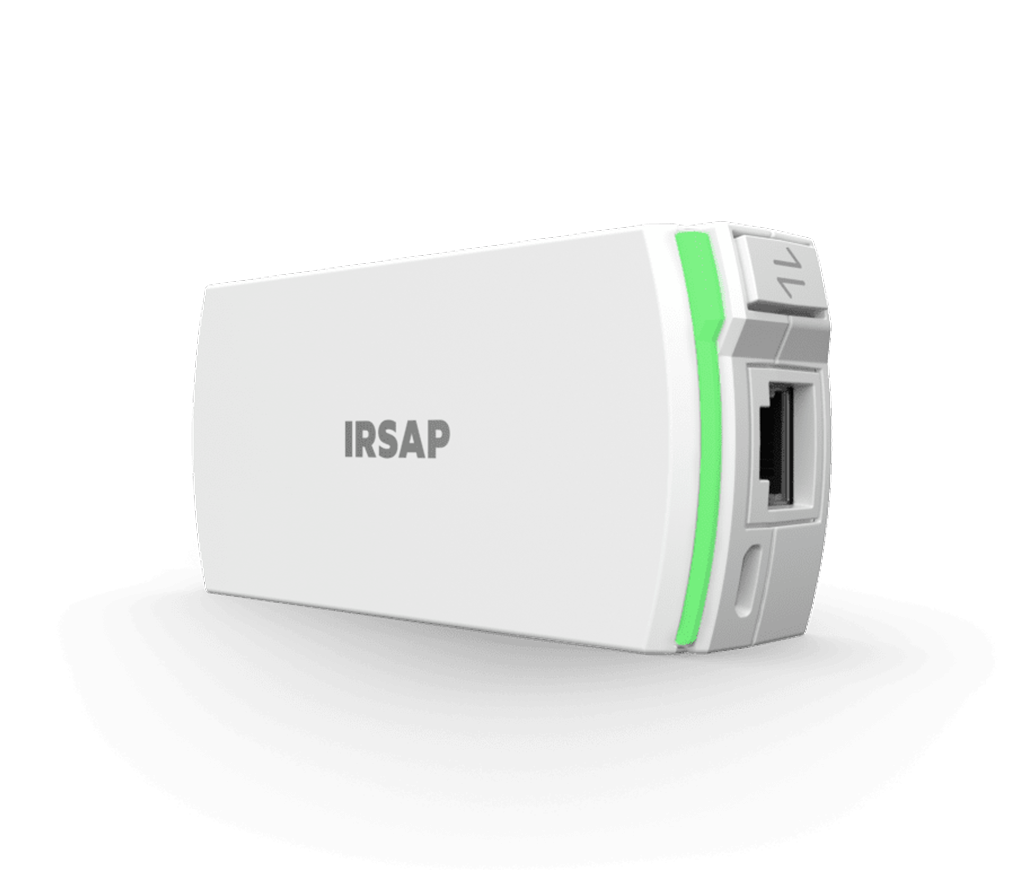
Connection Unit & Repeater
The Connection Unit is connected to your home router and is indispensable for controlling all the other devices in the system from wherever and whenever you want directly from your smartphone.
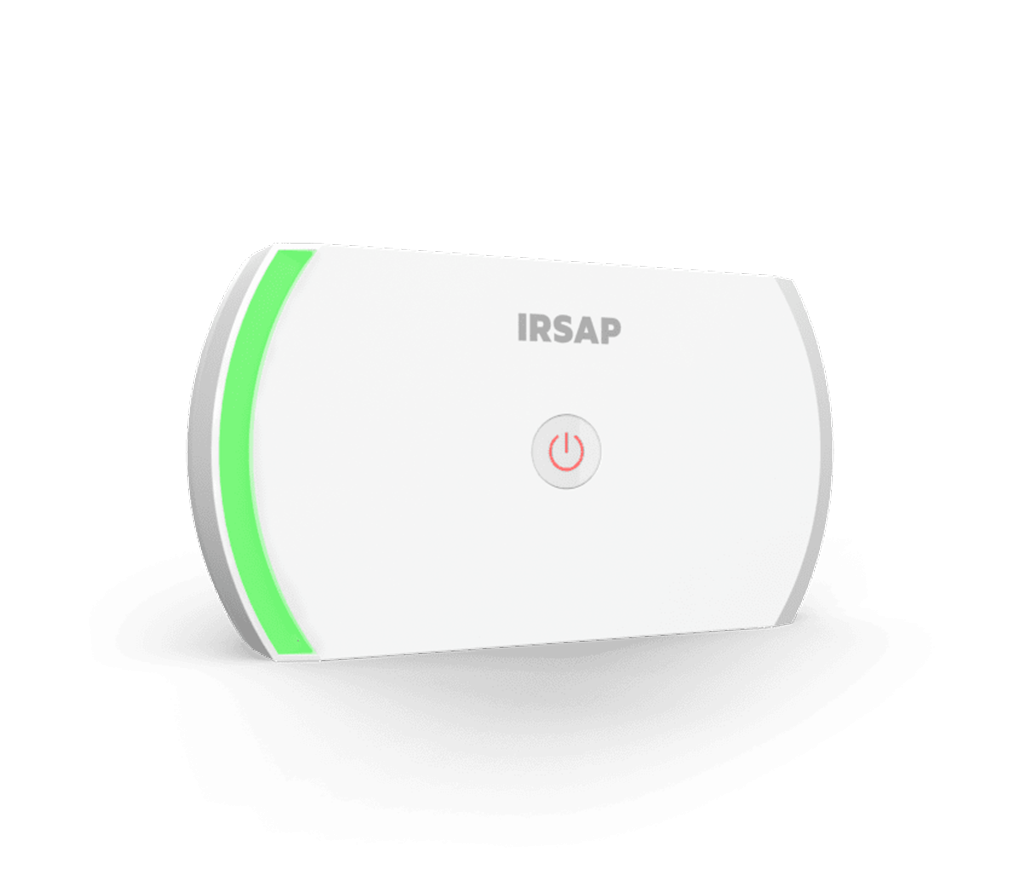
Starter
The Starter is the device which, when connected to your heat generator (boiler or heat pump), manages its switching on and off.







